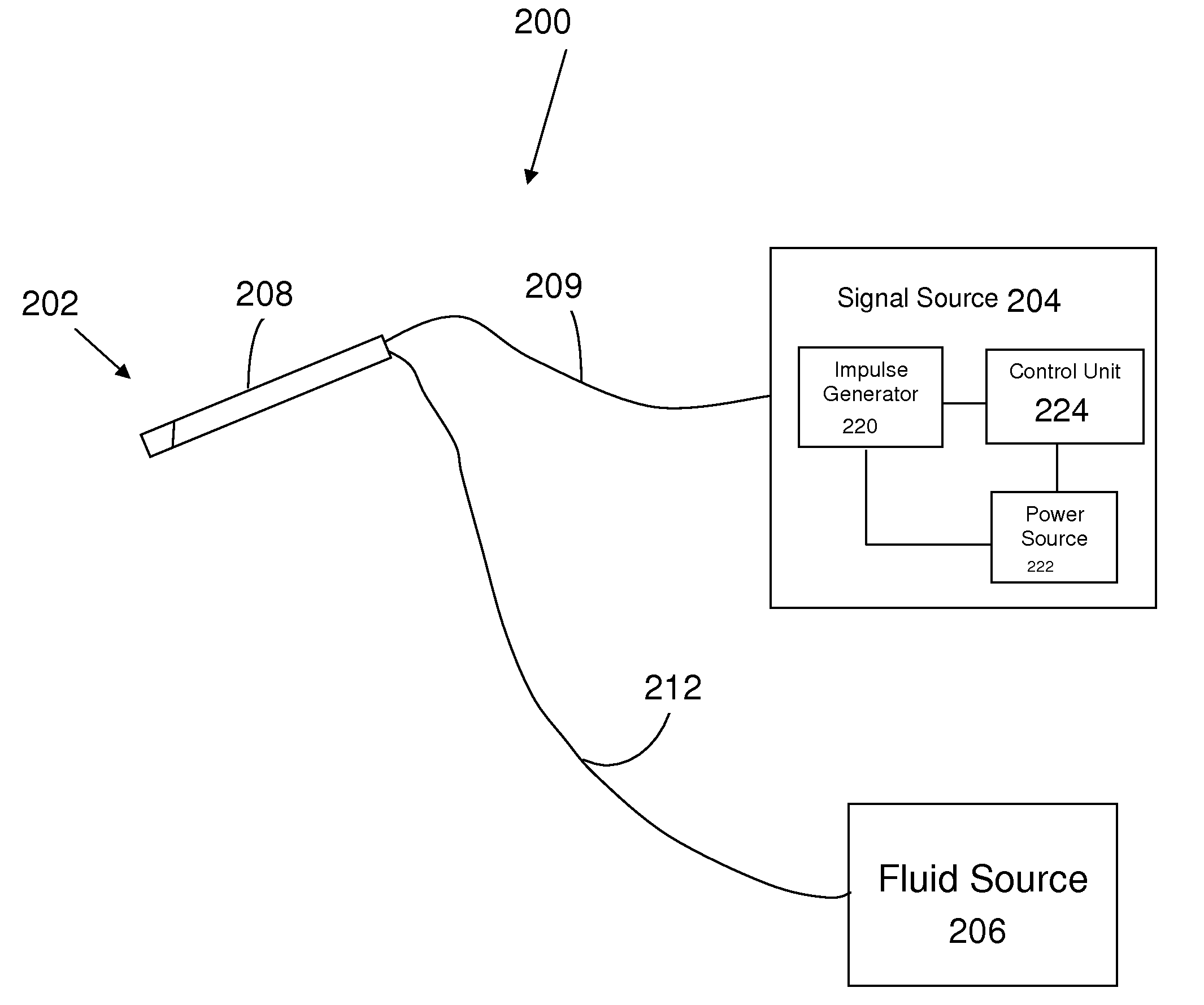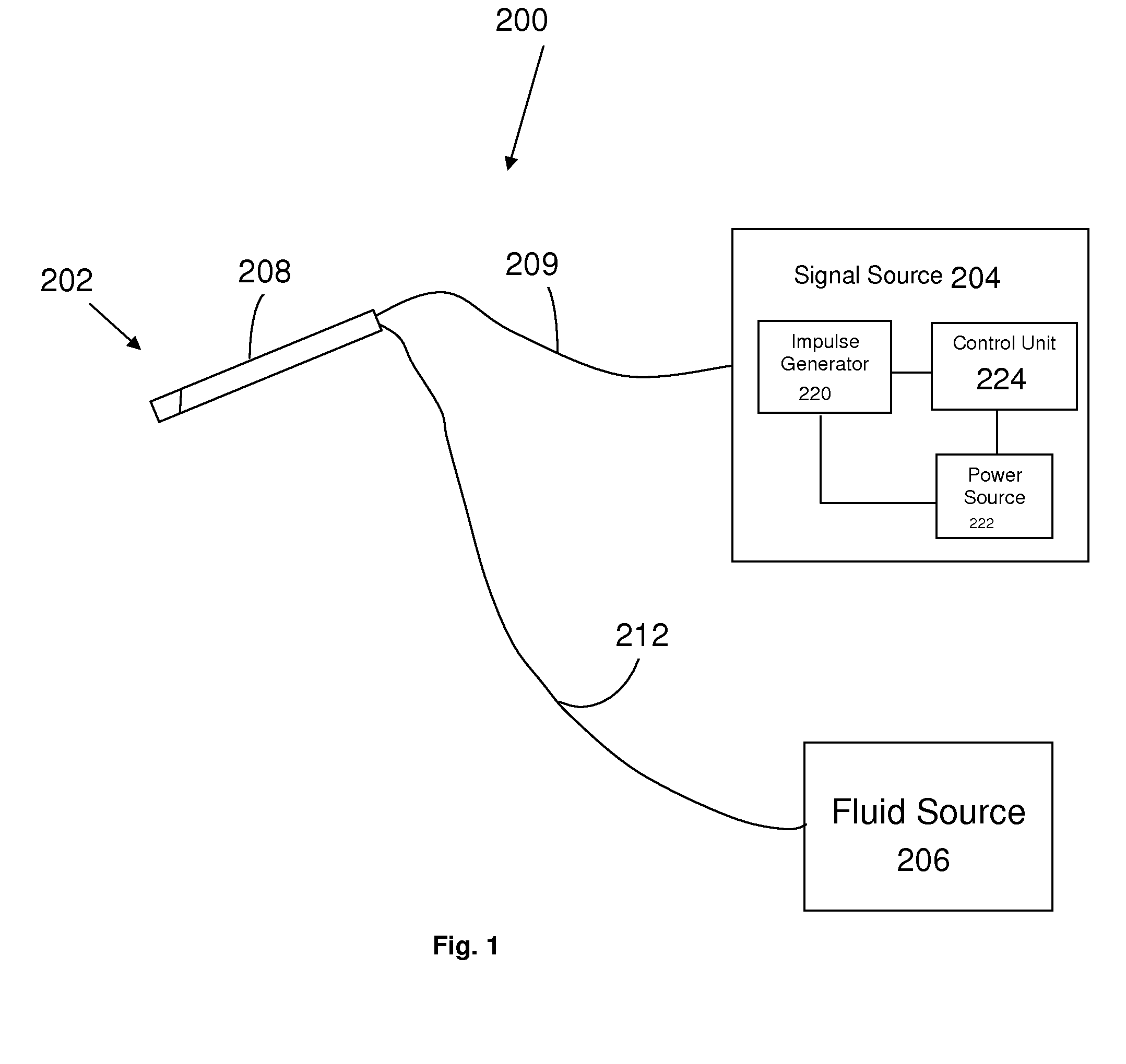Electrical stimulation treatment of hypotension
a technology of electrical stimulation and hypotension, applied in the direction of esophageal electrodes, internal electrodes, therapy, etc., can solve the problems of inability to control the electrical impulse, so as to reduce the heart rate, increase the blood pressure ratio, and inhibit the effect of blood pressure drop
- Summary
- Abstract
- Description
- Claims
- Application Information
AI Technical Summary
Benefits of technology
Problems solved by technology
Method used
Image
Examples
Embodiment Construction
[0038]In the present invention, electrical energy is applied to one or more electrodes to deliver an electromagnetic field to a patient. The invention is particularly useful for applying electrical impulses that interact with the signals of one or more nerves or muscles to increase blood pressure, increase the ratio of blood pressure to heart rate and / or inhibit a blood pressure drop in a patient suffering from chronic or acute hypotension, such as orthostatic hypotension, and / or systemic hypotension that may be associated with sepsis, septic shock, hypovolemia, hypovolemic shock or any other ailment associated with, causing or caused by reduced blood pressure. For convenience, the remaining disclosure will be directed specifically to the treatment of nerves at a target region within the neck of a patient with a device introduced through the patient's esophagus and / or trachea, but it will be appreciated by those skilled in the art that the systems and methods of the present inventio...
PUM
 Login to View More
Login to View More Abstract
Description
Claims
Application Information
 Login to View More
Login to View More - R&D
- Intellectual Property
- Life Sciences
- Materials
- Tech Scout
- Unparalleled Data Quality
- Higher Quality Content
- 60% Fewer Hallucinations
Browse by: Latest US Patents, China's latest patents, Technical Efficacy Thesaurus, Application Domain, Technology Topic, Popular Technical Reports.
© 2025 PatSnap. All rights reserved.Legal|Privacy policy|Modern Slavery Act Transparency Statement|Sitemap|About US| Contact US: help@patsnap.com



